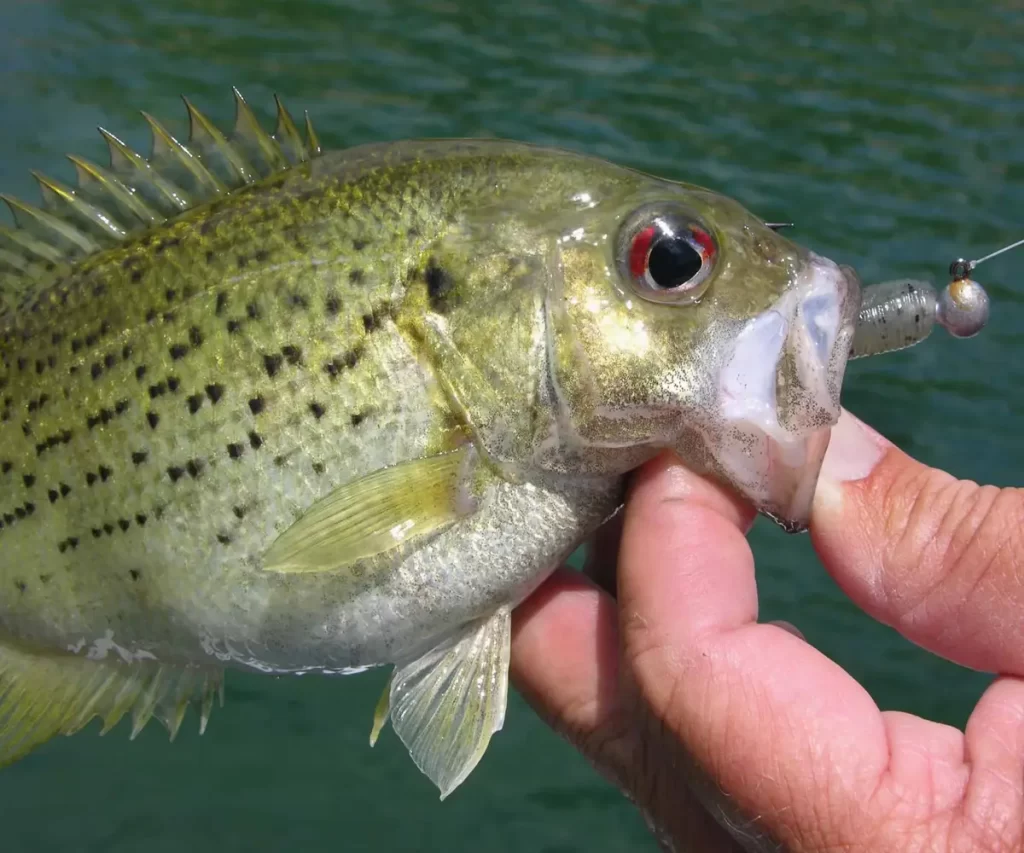
Rock Bass Fish Species Guide
The world of freshwater fishing is teeming with a diverse array of fish species, each with its own unique characteristics and behaviors. One such species that has captured the attention of anglers and naturalists alike is the Rock Bass (Ambloplites rupestris). In this comprehensive exploration, we delve into the intriguing world of Rock Bass, examining their biology, habitat, behavior, fishing techniques, and their significance in aquatic ecosystems.
Taxonomy and Identification
Taxonomy
The Rock Bass belongs to the sunfish family (Centrarchidae) and the genus Ambloplites. This genus includes two species: the Rock Bass (Ambloplites rupestris) and the Shadow Bass (Ambloplites ariommus). These species share similarities in appearance and behavior, but for the purpose of this discussion, our focus will primarily be on the Rock Bass.
Identification
The Rock Bass is a medium-sized fish characterized by its robust body, laterally compressed shape, and distinctive coloration. They typically have a reddish-brown to bronze hue on their backs, blending into a lighter color on their sides and belly. A notable feature is a series of dark spots arranged in a horizontal line along their lateral line, which is a sensory organ responsible for detecting changes in water pressure. Their eyes have a red tint, adding to their overall striking appearance.
Habitat and Distribution
Habitat
Rock Bass are predominantly found in clear, slow-moving or still waters with rocky bottoms. They exhibit a preference for habitats with submerged structures such as boulders, logs, and submerged vegetation. These structures provide them with both shelter and hunting grounds, as they are ambush predators that rely on sudden bursts of speed to catch prey.
Distribution
Native to North America, Rock Bass have a widespread distribution, primarily inhabiting freshwater bodies in the eastern and central parts of the continent. They can be found in rivers, lakes, ponds, and reservoirs, adapting to various environmental conditions. Due to their hardy nature, they have also been introduced to non-native habitats in some regions, further expanding their range.
Biology and Life Cycle
Reproduction
Rock Bass typically spawn in late spring to early summer when water temperatures reach suitable levels. The female Rock Bass lays adhesive eggs on submerged structures such as rocks or logs. The male then guards the nest and protects the eggs until they hatch. This parental care is a common behavior among many sunfish species.
Growth and Development
Upon hatching, Rock Bass larvae are minuscule and vulnerable. They undergo a period of rapid growth during their early stages, feeding on zooplankton and small invertebrates. As they mature, their diet expands to include a variety of prey such as insects, small fish, and crustaceans. Rock Bass can live up to ten years, with growth rates influenced by factors such as water temperature, food availability, and habitat quality.
Feeding Behavior
Rock Bass are opportunistic feeders with a diverse diet. Their feeding habits vary based on their age and size. Younger individuals primarily consume aquatic insects, small crustaceans, and zooplankton. As they grow, their diet expands to include small fish and a variety of invertebrates. They are known for their aggressive behavior when hunting, often ambushing prey from the cover of submerged structures.
Angling for Rock Bass
Tackle and Techniques
Anglers often target Rock Bass for their spirited fight and delicious flesh. Light to medium-light spinning or baitcasting tackle is commonly used, paired with live bait such as worms, minnows, or artificial lures like soft plastics and spinners. Fishing near rocky structures or submerged vegetation is key to increasing the likelihood of a successful catch.
Best Fishing Times
Rock Bass are most active during dawn and dusk, making these times optimal for angling. Additionally, overcast days or periods of low light can increase their feeding activity. Understanding their behavior and adapting to their natural rhythms greatly enhances the chances of a rewarding fishing experience.
Conservation and Management
Conservation Status
The Rock Bass is generally considered a species of least concern in terms of conservation status. Their adaptability and wide distribution contribute to their resilience in the face of environmental changes. However, localized threats such as habitat degradation, pollution, and overfishing can impact local populations.
Management Practices
Sustainable management practices play a crucial role in maintaining healthy Rock Bass populations. This includes enforcing fishing regulations, protecting critical habitats, and monitoring water quality. Conservation efforts often focus on preserving the natural balance of aquatic ecosystems, ensuring the survival of not just Rock Bass but the entire community of species within these habitats.
Ecological Significance
Rock Bass play a vital role in freshwater ecosystems as both predators and prey. As predators, they help control populations of smaller fish and invertebrates, contributing to the balance of the food chain. Additionally, their nesting behavior and the protection of their eggs contribute to the overall health and stability of aquatic environments.
Conclusion to: Rock Bass Guide
The Rock Bass, with its distinctive appearance and engaging behaviors, holds a special place in the world of freshwater fishing. From the clear waters of streams to the depths of serene lakes, Rock Bass exemplify the adaptability of freshwater species. Understanding their biology, habitat preferences, and conservation needs contributes to the broader conversation of preserving biodiversity and maintaining the health of our freshwater ecosystems. Whether you’re an angler seeking an exciting catch or a nature enthusiast observing the wonders of aquatic life, the Rock Bass is a captivating species that enriches our connection with the natural world.